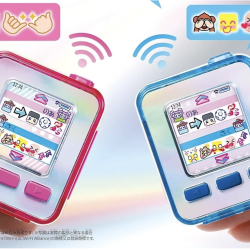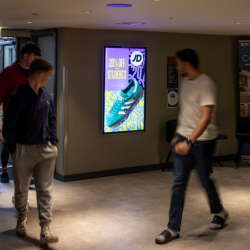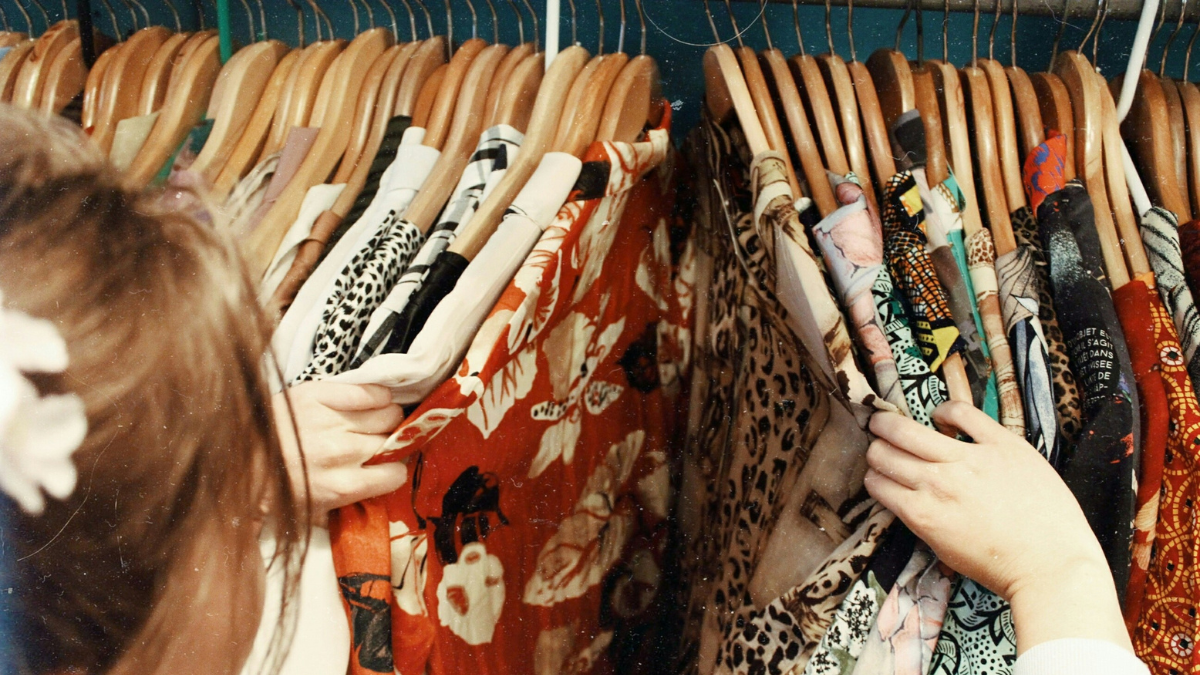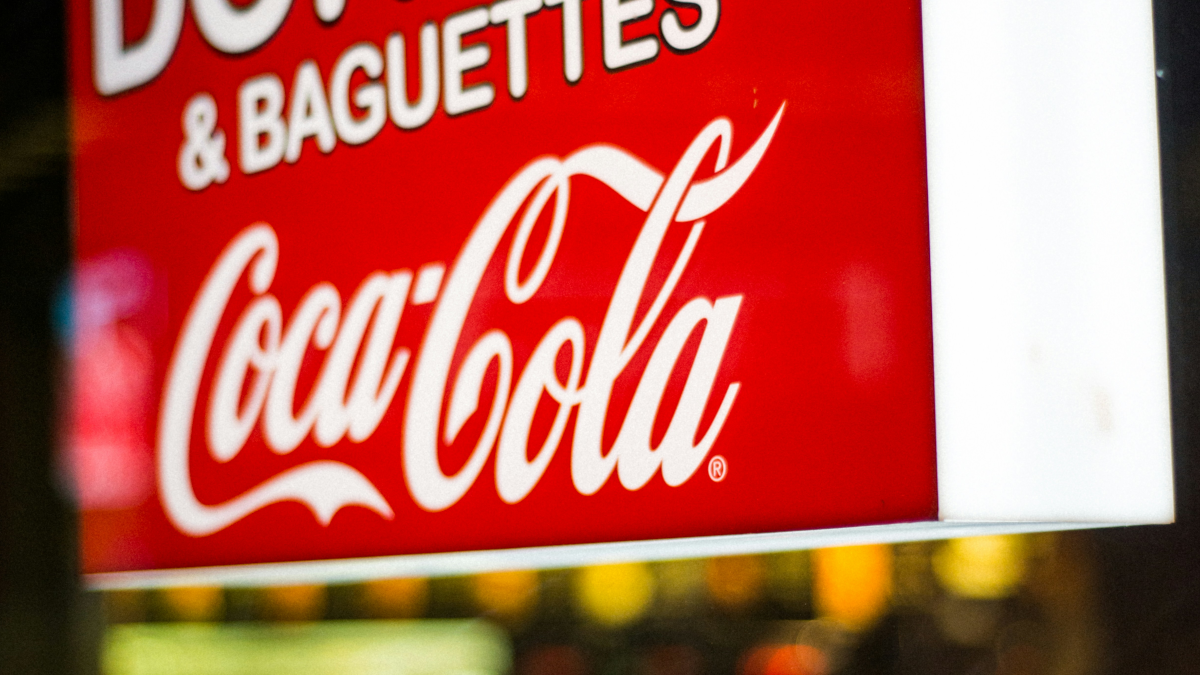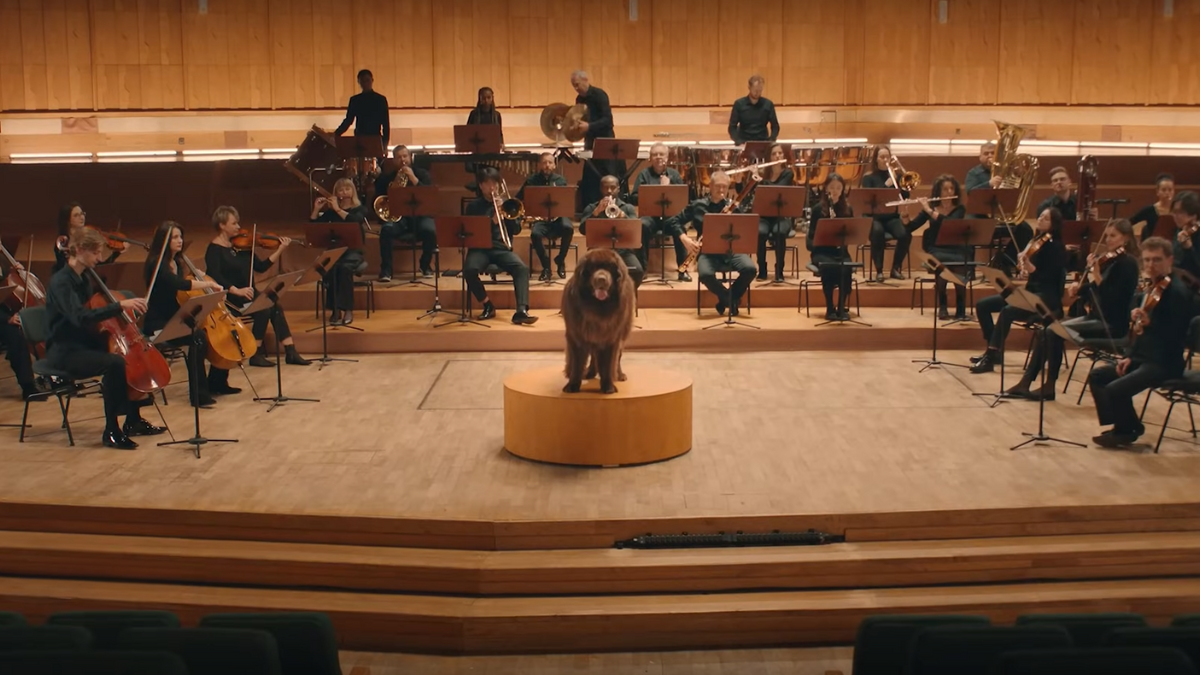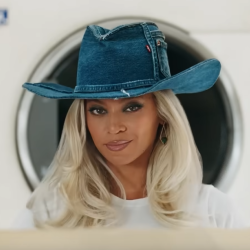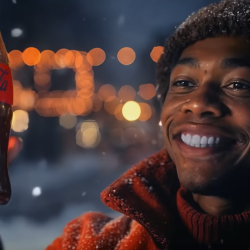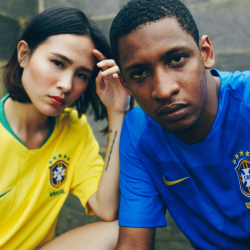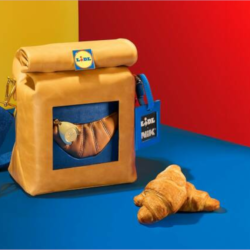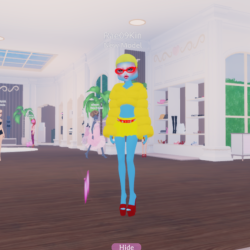Fashion — the pastime and the industry — has a problem
An item of clothing is worn an average of seven times before being discarded, almost always ending its life in a landfill. Our collective determination to keep buying new garments is surprising considering the triple hit of the housing crisis, the cost of living crisis, and the climate crisis — all of which might have, for varying reasons, curbed our appetites. However, the ever-changing outfits of those who we most admire (celebrities, influencers and the wealthy) along with the emergence of brands which have — once again — made fashion faster and cheaper (despite the human and environmental cost) have meant our appetites have only got bigger.
Some affordable fashion labels are doing (some of the) right things — increasing the percentage of recyclable materials in their garments, piloting recycling or repair schemes, and even slowing down the pace of their releases. However, it remains an unavoidable fact that encouraging people to buy new clothing at the rate that is required for these businesses to grow, is encouraging a habit (for some, an addiction) that is bad for the planet.
The environmental imperative is buy less and buy better. However, self-expression through clothing is an innately human impulse and for those who take great joy in curating their outfits, buying one white bamboo tee-shirt every seven years is a depressing thought. As someone who feels the self-expression impulse strongly, I am hesitant to place shame on the act of buying clothing, or dismiss the art of getting dressed. Instead, I am finding hope and inspiration in the sub-sector of the fashion industry which is sustainable and accessible and which has — historically — been favoured by those who pride themselves on being art-ful. The second-hand fashion market is projected to grow 3X faster than the global fashion market overall. And it’s not just being propped up by art students. According to ThredUp, the online second-hand fashion retailer, two in five items in Gen Z’s closet are pre-owned.
With such stratospheric predicted growth, some people might infer that the second-hand fashion sector is doing fine on its own
However, for this growth to be realised, there are several jobs to be done that will require the help of marketing and communications. Firstly, persuading more people to start buying second-hand clothing. Secondly, prompting existing buyers to buy it more often than new clothing. And thirdly (and perhaps most importantly), helping sellers to maintain their price premium by increasing the perceived value of second-hand clothing.
Attracting more people to second-hand fashion will require correcting some assumptions. Whilst some people (especially younger generations) know that second-hand doesn’t mean ‘retro’, there exists a perception that second-hand shopping only caters to certain stylistic sensibilities. As ever, the aim of advertising is waking people from a state of indifference. Therefore, instead of attempting to talk people out of their assumptions, there may be more ground won by focusing on high-profile, culturally-relevant moments that can demonstrate the wide range of stylistic tastes that second-hand fashion can cater for. Oxfam and eBay hosting opening shows for London Fashion Week is a start (a very exciting start) — the next challenge is creating similar moments for a broader audience.
Encouraging people to make more second-hand clothing purchases will also require shifting perceptions
For the people who have already dabbled in second-hand shopping, the cat is out of the (vintage) bag — it is more mentally taxing than buying new. Without capsule collections, flexibility and styling skills are key. The partnership between Love Island and eBay has been hugely successful — thanks in part to a dedicated stylist who made sure contestants were confident in their second-hand looks.
Marketing content which applies order to the otherwise chaotic world of second-hand (through curated looks or personalised recommendations) or raises people’s confidence in their personal taste, will help retain the interest (and custom) of those occasional dabblers.
Finally, ensuring that second-hand retailers are profitable will require increasing the perceived value of second-hand fashion. An article published by the BBC this year explains that despite growth predictions for the sector, both small and large second-hand retailers are struggling to turn a profit. One key reason is that the oversupply of cheap clothing has lowered the real value of second-hand items (due to diminished quality of incoming stock) as well as their perceived value. Raising perceived value might be achieved by methods such as: reframing ‘true’ value as the quality of materials, showing people that shopping second-hand gives them the unique ability to buy across a range of collections (whether from the 80s, Y2K or last summer), or promoting originality in a world of beige-toned sameness.
Looking beyond the glitz of London Fashion Week, there will be work to be done to ensure the predicted rise of second-hand fashion isn’t just a sparkling mirage. Second-hand retailers will need to show the masses what second-hand converts know already — it’s more thrilling, more rewarding, and it costs less to them and the planet.
If they can do this in a way that retains that elusive (and fragile) ‘cool’ factor — they could be in for a hell of a ride.
Featured image: Becca McHaffie / Unsplash



